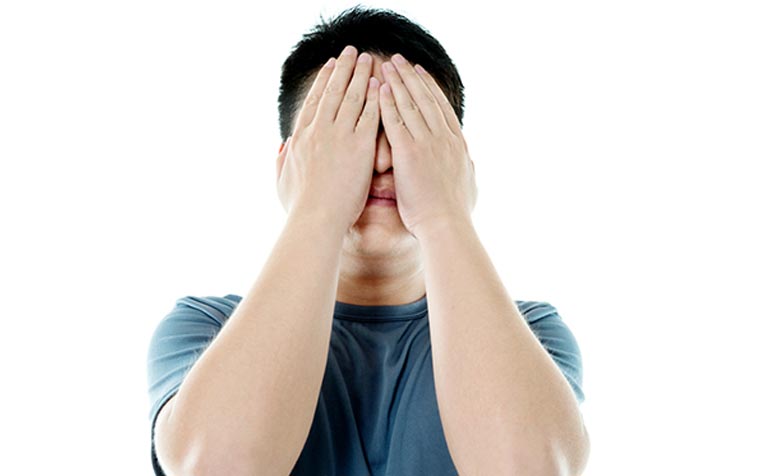
Gynaecomastia (man boobs) is generally harmless but can be an embarrassment for men as they are hard to hide and can be apparent even under clothing.
Gynaecomastia (more commonly known as “man boobs” or “moobs”) occurs in males when there is an imbalance of estrogen and testosterone.
“This is a rather common condition and it has a global incidence of 32 per cent to 36 per cent. Some studies have suggested that it affects a third of all men over their lifetime,” says Dr Terence Goh, Visiting Consultant, Department of Plastic, Reconstructive & Aesthetic Surgery, Singapore General Hospital (SGH), a member of the SingHealth group.
“Man breasts are typically a cause of embarrassment for men who have it because it is hard to hide and whilst it is generally harmless, it can cause much social inconveniences,” he adds.
Symptoms of Gynaecomastia
Male chests are typically flat, including the nipples. In patients with gynaecomastia, the chest tends to be supple, soft and full and this is apparent even when wearing clothing, which makes this an embarrassing situation.
Initial signs of gynaecomastia include:
- Enlargement of the male’s chest or presence of a lump of fatty tissue under the nipple.
- Tenderness or soreness around the nipple area (not always).
- In some cases, uneven swelling of the breasts, with one becoming larger than the other or an increase in the diameter of the areolar.
- Gynaecomastia can also cause the nipple to become raised and swollen whilst the areolar becomes larger and puffier – making them resemble female breasts.
Causes of gynaecomastia
Conditions that can lead to gynaecomastia include:
- Hormonal causes such as hypogonadism (small testes), testicular cancers, hyperthyroidism, liver failure, obesity, ageing,
- Use of medications such as anabolic steroids, spironolactone, cimetidine, amiodarone, etc
- Alcohol abuse
However the actual cause of gynaecomastia is often usually unknown. A clinical examination and hormonal workup is done to ensure that there are no underlying treatable causes.
Gynaecomastia can affect males at different ages
Gynaecomastia can affect males during three stages of their life: Neonatal, pubertal and elderly. In all age groups, the disease is related to an imbalance in the estrogen-testosterone ratio.
Neonatal: It is believed that there is a temporary increase in levels of circulating oestrogen from the mother. Treatment in this age group is rarely required and the condition usually resolves on its own.
Pubertal: Adolescent boys have varying degrees of gynaecomastia, and this is thought to be due to an excess of the major female sex hormone or estrogen) compared with testosterone. In this age group, gynaecomastia usually resolves over time. In some cases, a degree of gynaecomastia remains.
Elderly (above 65 years old): Testosterone levels decline, which causes a shift in the estrogen-testosterone ratio.
Some males appear more susceptible to the condition
Boys or men who have other additional diseases or disorders present together with a primary medical condition, for e.g. hypogonadism that affect the estrogen-testosterone ratio or who are on long-term medications that cause drug-induced gynaecomastia, have a greater predisposition to the condition.
Read on to learn how gynaecomastia (man boobs) is treated.
Ref: N18
Contributed by















 Get it on Google Play
Get it on Google Play